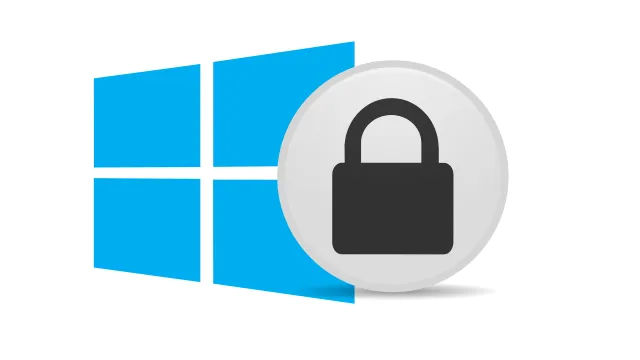How to Enable Secure Boot in Windows 11 | Safeguarding Your System
In the digital age, security is paramount, especially when it comes to protecting the integrity of your operating system. Windows 11, the latest offering from Microsoft, introduces several enhanced security features, and one of the key components is Secure Boot. This feature ensures that only trusted and signed components are allowed to run during the boot process, minimizing the risk of malware and unauthorized software. In this blog post, we’ll guide you through the steps to enable Secure Boot in Windows 11, helping you fortify your system against potential threats.
What is Secure Boot?

Secure Boot is a security standard developed by the Unified Extensible Firmware Interface (UEFI) Forum and adopted by Microsoft to protect the boot process from malicious attacks. When enabled, Secure Boot ensures that only digitally signed and validated boot loaders, drivers, and operating system components are loaded during startup, preventing the execution of unauthorized code.
Step-by-Step Guide to Enable Secure Boot in Windows 11
- Confirm UEFI Mode
Ensure that your computer is running in UEFI mode. You can check this in your system’s BIOS/UEFI settings. Access these settings during the boot process by pressing the designated key (often Del, Esc, or F2) and navigate to the Boot or UEFI section.
- Access UEFI/BIOS Settings
Restart your computer and access the UEFI/BIOS settings. The key to enter these settings may vary based on your device; refer to your manufacturer’s documentation for guidance.
- Locate Secure Boot Settings
Once in the UEFI/BIOS settings, navigate to the Security or Boot Configuration section. Look for the Secure Boot option and ensure it is set to “Enabled.”
- Manage Secure Boot Keys
Some systems may require you to manage Secure Boot keys. If so, locate the option related to Secure Boot keys or certificates. Select “Install Default Secure Boot Keys” or a similar option to load the default keys.
- Save and Exit
After enabling Secure Boot, save your changes and exit the UEFI/BIOS settings. This typically involves navigating to the “Save & Exit” or similar section and confirming your changes.
- Restart Your Computer
Allow your computer to restart. During the boot process, Secure Boot will verify the digital signatures of the loaded components, ensuring the integrity and security of the startup process.
- Check Secure Boot Status
To confirm that Secure Boot is active, you can check the Windows Security app. Open the app, go to “Device security,” and under “Core isolation,” you should see “Secure Boot” listed as “On.”

Conclusion
Enabling Secure Boot in Windows 11 is a crucial step in fortifying your system against potential security threats. By ensuring that only trusted and digitally signed components are allowed to run during the boot process, you significantly reduce the risk of malware and unauthorized code compromising your system. Follow these step-by-step instructions to enhance the security of your Windows 11 operating system and enjoy a safer computing experience.
Suggested Reading:
- Two-Step Verification: What It Is and Why You Should Use It?
- How to Pair Apple Watch to New Phone?
- How to open BIOS Windows 11 | A Step-by-Step Guide
- How To Remotely Logoff disconnected Users via Command Line?
- How to get into Cyber Security? A Guide on How to Get Started
- MacBook Air Used | A Guide to Buying a Used MacBook Air
- How to make Google Chrome Dark Mode: Embrace the Dark Side
- NVMe Storage vs. SSD: Unveiling the Future of Storage Technology
- How to Change Name on iPhone Bluetooth: A Step-by-Step Guide
- 10 Best Free AI Tools Online: Unleashing Innovation and Productivity
- How to Turn On Apple Watch While Charging
- How to Turn Off Apple Watch 8
- How to Factory Reset MacBook Air Without Password
- How to Connect Two AirPods to MacBook
- How to Turn Off iPhone 14 : A Comprehensive Guide
- A Comprehensive Guide on How to Restart Apple Watch

